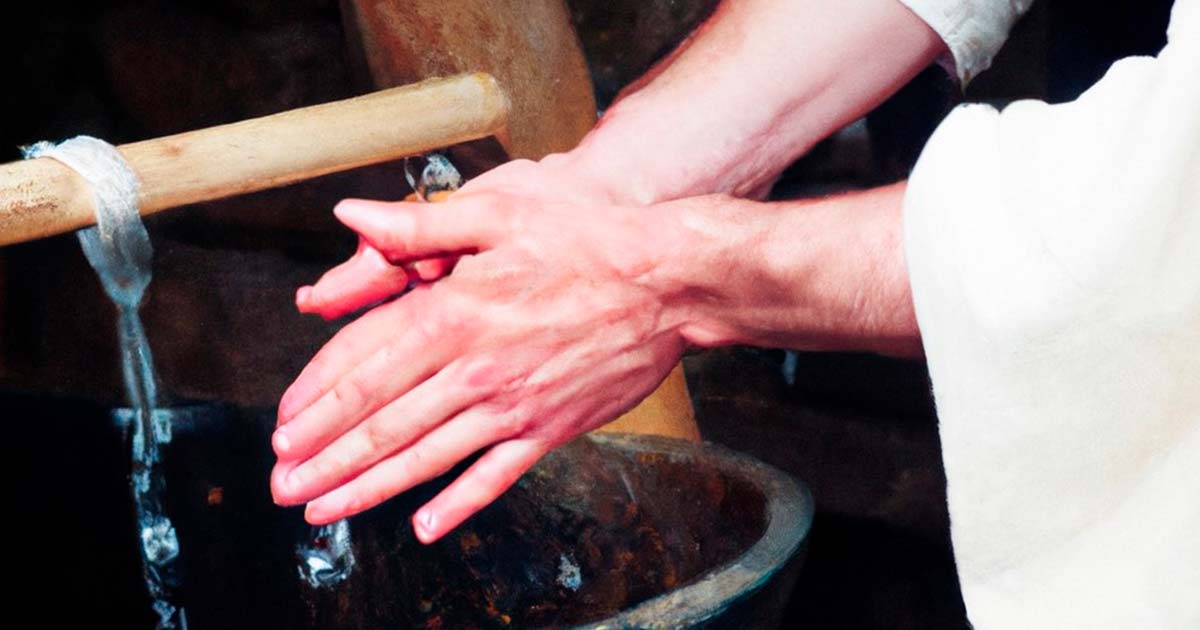Grimy No More: How Medieval Folk Kept Clean (Video)
In medieval times, hand cleanliness was essential after a day of manual labor. While wiping hands on the ground was a common practice, water was the primary cleansing agent. However, water alone couldn't remove all the dirt and grease, especially from tasks like working with horses. Surprisingly, soap was known even in ancient civilizations like the Babylonians. Soap, a group of chemicals that dissolve grease, had distinct types and variations. Castile soap made from olive oil was expensive and reserved for the nobility, while grey soap from Bristol and cheaper black soap were available in England. Ordinary people often couldn't afford these options.
In the absence of soap, medieval households used ash as an alternative. Ash, derived from hardwood, contained alkali and gritty particles. When water passed through ash, it produced lye, a key soap-making ingredient. Rubbing a pinch of ash mixed with water on hands had an instant soap-making effect, cleansing the skin by removing dirt and reacting with the skin's grease. Although medieval people likely didn't realize it, the combination of water and ash provided an efficient way to clean hands.
- The Hard and Dirty Life of a Medieval Peasant
- Medieval Hygiene Might Have Been Better Than You Think
Top image: Medieval man cleaning his hands. Source: AI Generated.

















